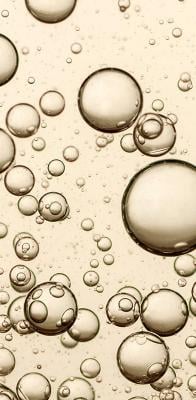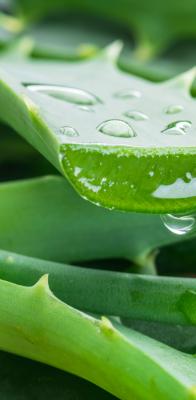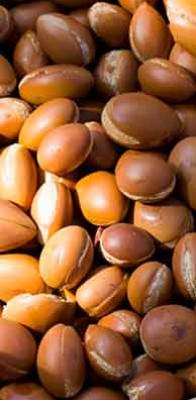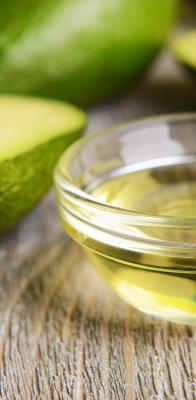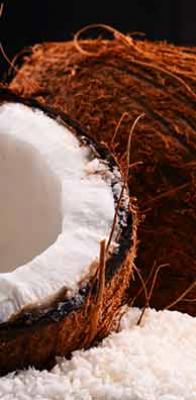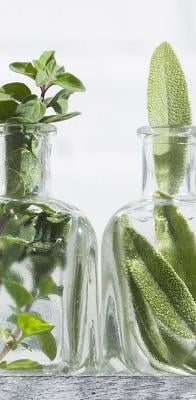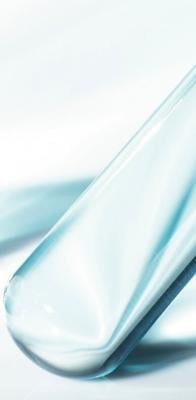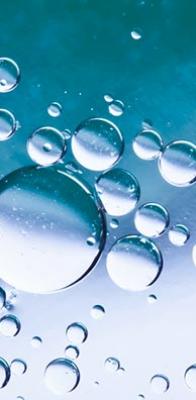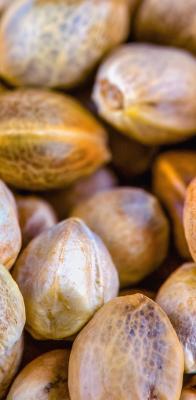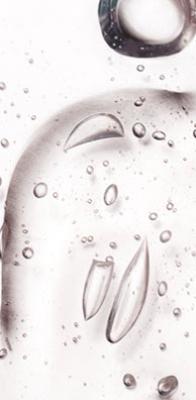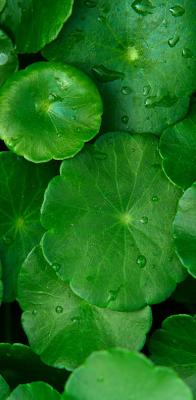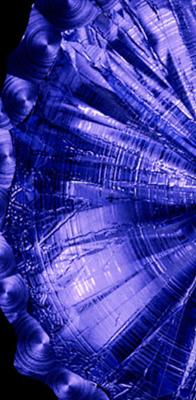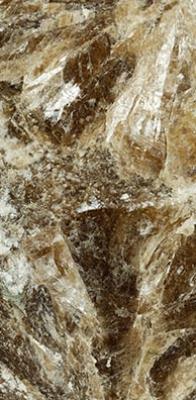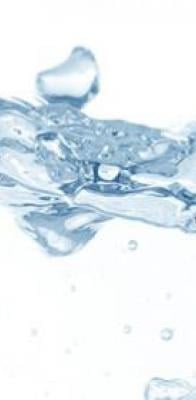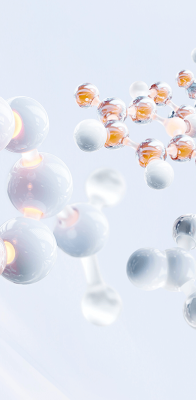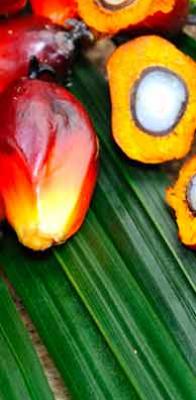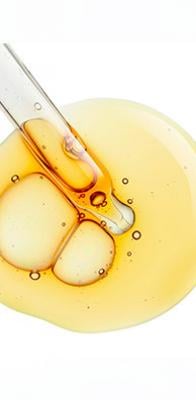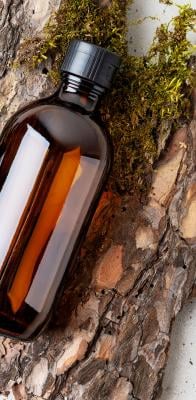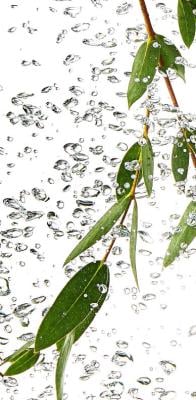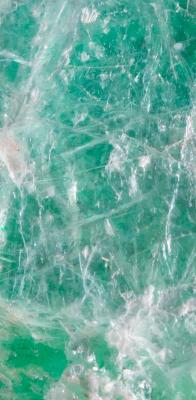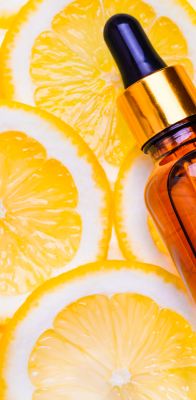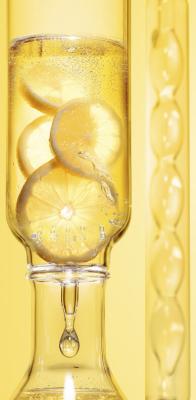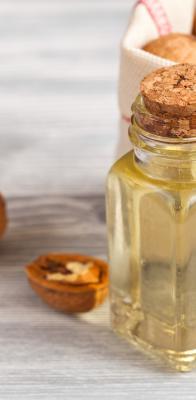What is honey?
Honey is a natural sweet substance, composed of glucose, fructose, polysaccharides (natural carbohydrates), water, proteins, minerals and vitamins.
To find it in our products, it appears in the list of ingredients on the packaging, under the name HONEY / MIEL.
Where does it come from?
Honey is made by honeybees (Apis mellifera) from flower nectar or from honeydew, an excretion produced by sucking insects from the sap of trees. They store it in their hive and feed on it throughout the year.
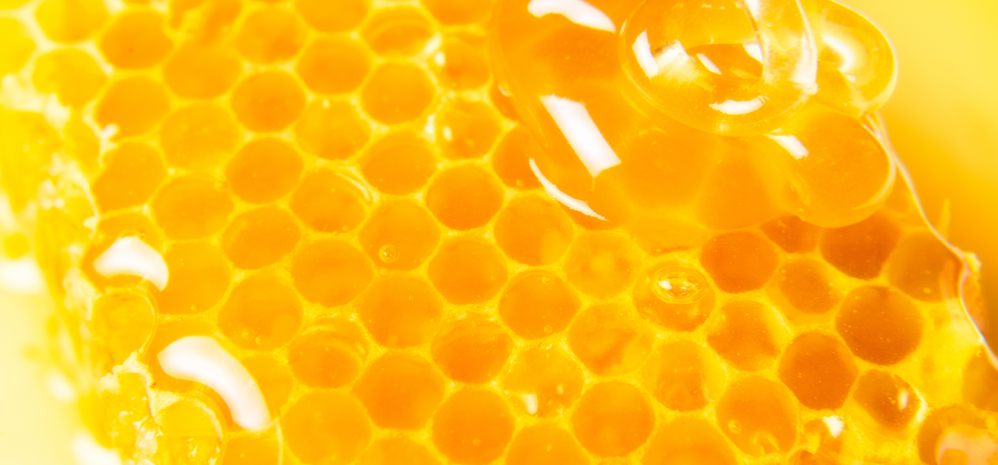
Why is it used?
The benefits of honey on the skin, as well as its virtues in food, have been recognised since the dawn of time.
Honey has been used since ancient times as a food or condiment, and also to beautify the skin and heal wounds.
From the Middle Ages in China, then in Europe, it is used to make gingerbread.
-
Hydration
-
Nutrition
-
Repair
What are its benefits?
Cosmetic honey is known for its moisturising, nourishing, and repairing properties for the skin and hair.
The Facts
- Thanks to its composition, honey has essentially moisturising, nutritive and repairing properties.
- Improved hydration is recognised as one of the benefits of honey on the skin.
- Honey for hair: it is known to help improve hair quality.
How is it used in our products?
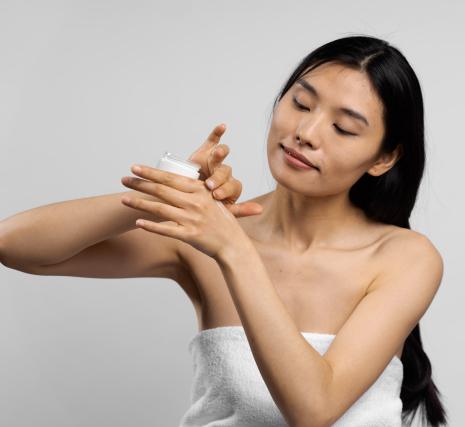
- We use the right dose of honey in our moisturising and nourishing skincare products for the face and body, in our hygiene and haircare products (shampoos, conditioners and masks).
- We are committed to protecting bees through a sustainable beekeeping charter, signed by all beekeepers, using traditional methods that respect the bees.
- Our Garnier brand is engaged in a partnership with The Honeybee Conservancy to fight against the extinction of bees. In 2020, 300 beehives will be set up in the United States and Canada. These hives will house up to 150,000 bees.


